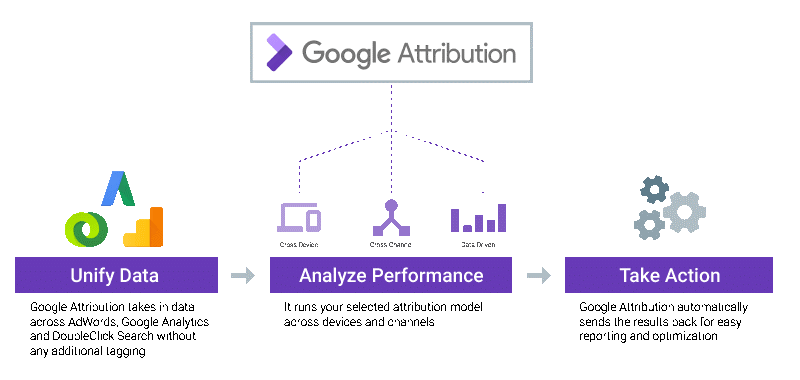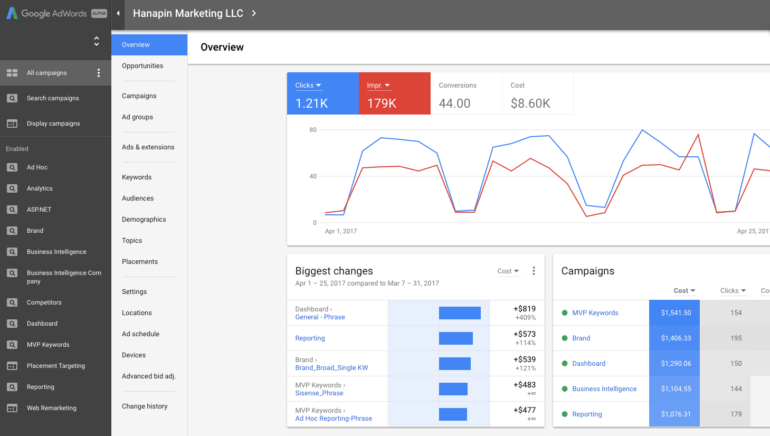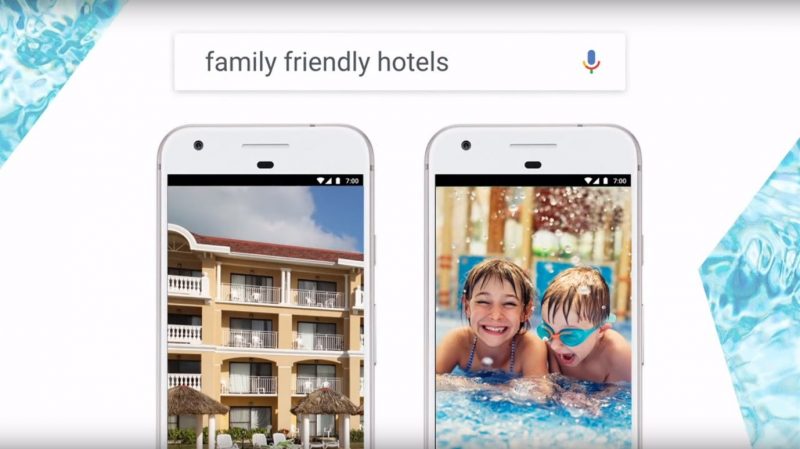Last week Google held their annual Marketing Next Event, showcasing the latest developments in Google AdWords, Analytics and Double Click. If you haven’t had time to catch up on the latest developments, we highlight all the key developments you have missed.
Accelerated Mobile Pages for Search Ads
The first announcement of the day was the introduction of accelerated mobile pages to search ads. Mobile has forever changed how we live our daily lives, and Google have reacted.
“87% of smartphone owners turn to search in a moment of need.”
Speed is at the centre of anything a user does on mobile. To assist Google first started their accelerated mobile page project a year and half ago, and the focus was improving the load speed of pages on the web, a feature which was prominently aimed at new websites. AMP’s have been a huge success and Google is planning to transfer the use of this technology, announcing that AdWords users will be able to use AMP as landing pages for search ads, resulting in pages that will load almost instantly.
They also went on to say that they will be converting Google Display Network landing pages into the new AMP ad format when an AMP page loads, to further improve loading times (currently in beta).
What does this mean to you
AMP significantly improves the load time of mobile pages. Faster pages mean better user experiences and typically, improved conversion rates.
“Johnson & Johnson has seen great results in testing AMP with our product information pages. For specific pages, we’ve seen page speeds improve by 10x and engagement rates improve by 20%.”
New in-store conversion metrics
2 years ago Google introduced the shop visits conversions metric to help measure the impact your AdWords campaigns have on visits to your store. To further help you bridge the gap between online ads and offline business results, Google are rolling out location and store visits extensions for YouTube true view video ads. This will allow you to showcase business information such as location, opening hours and directions and also give you the ability to measure the impact to your own store.
“A consumer that has clicked on an advertiser google search ad before visiting a store are over 25% more likely to make a purchase when they are at the store.
Search Ads remarketing to YouTube audiences
To help you deliver useful and relevant ad experiences, Google have improved the quality of audience segments within search by connecting data across Google, devices and in real-time. For example, if a user interacts with your YouTube video and your channel you can now reach these audiences through search.
New audiences
To further help you find great customers in the right moment, Google have created two new audiences – consumer moments and life patterns available on YouTube and Gmail ads, helping you understand where people shop and when life’s biggest milestones are happening.
In-market audiences to search ads
With in-market audiences in search ads you are now able to target and reach more users who are likely to purchase. For example, if a user is looking to buy a new car the likelihood is that the buying process is long. Car related searches and watching car review videos on YouTube are signals that show us that this user may be in market to buy a car. Through in-market audiences we are able to target this user (this feature is not limited to car sales and the same logic can be applied to all advertisers).
Attribution Improvements
Is my marketing working? How do we know which of the many interactions that you have had with a person across search, display, video and your site really matter? How do you measure an ad someone sees on one device, when they purchase on another? This is a huge challenge for a lot of marketers, tools are not robust enough therefore often we cannot fully trust the data to take action. The result – marketers only report on last click attribution.
“This year we are solving the attribution problem” – Google 2017
Attribution

In principle Attribution is easy to set up. Firstly, link your Google AdWords and Google Analytics accounts to Attribution. Once this is done, all of your data will be linked in one place. You should now be in a position to use data driven attribution. The tool uses conversion data and calculates how much credit each touch point deserves, due to advancements and investment in machine learning. The new attribution model then recalculates how many conversions each channel deserves. Due to its deep integration, you can make your data driven attribution data available to AdWords and Doubleclick and combine it with the automated bidding feature in AdWords to drive better results.
Unique Reach Reporting
If you are marketer who is concerned about how about how many people your adverts reach and how frequently, you will know it’s becoming increasingly more difficult to measure, as the number of screens people use increases. Unique reach reporting available in AdWords and Doubleclick should help ease those woes. The metrics you find in this report are de-duplicated across devices, campaigns and formats so you can have a better understanding how many people you have reached and how many times you have reached them.
A new AdWords experience

New key features
Audience recommendations
The new experience will recommend the type of audiences you should use to reach your goals. Google looks at your first party data such as your customers, people that interact with your website and YouTube channel, and will show you new audiences you may want to reach.
Once your campaign is up and running the new audience page will allow you monitor the performance of all your audiences across search, display, video and shopping in one report.
Landing page report
To help ensure you are converting users into customers, a new landing page report has been integrated deep in Google AdWords. The speed and ease of your site has a direct impact on performance and therefore your bottom line.
“Users are 40% more likely to immediately leave your mobile website after clicking your ad compared to desktop.”
The landing page report in Google Analytics helps you to see how your landing page performs to help reduce those wasted clicks. It looks at bounce rate, how mobile friendly it is and what the conversion rate is, and with this new report you can focus on the pages that need your attention.
Google Optimise Integration
Google Optimise is a great tool that allows you to test your website. If you are not using Google Optimise yet visit our blog “10 Reasons Why Google Optimise In My New Favourite Split Testing Tool” to learn more. With Google Optimise you can easily create and test new versions of landing pages in minutes, without the help of a developer. With its new integration, you can now tailor landing pages for your specific keywords, ad groups and campaigns! In essence you can now have a dedicated landing page per keyword or campaign. This allows you to drastically increase the relevance of landing pages for users therefore increasing the likelihood of turning that visitor into a customer.
In the conference, they used the example of a mum looking for a family holiday. With new integration, marketers can test something as simple as an image change to align the landing page with the search query.

DoubleClick Bid Manager
Improved DoubleClick Manager work flow uses machine learning to drive marketing performance. Simply tell DoubleClick your objective, anything from awareness or influence consideration, right through to driving action and repeat business. DoubleClick now uses machine learning to analyse past campaigns and recommend the right audiences, inventory and budget based on your goals, in effect creating an optimised media plan just for you.
Surveys 360
Surveys 360 will now be integrated with Google AdWords allowing you to target your surveys to your AdWords remarketing lists from within surveys 360. This new integration will allow advertisers to gather insights in just a short number of days.
Conclusion
In summary, it is great to see the new developments Google are bringing to the table. The ways customers are interacting with your brand/company is changing, no longer does a purchase happen after a single search. Google’s approach to machine learning and the convergence and integration of tools within each other, help us put the picture together. These new developments to the tools we use daily and the introduction of new tools will make advertisers better equipped to put the customer at the heart of their digital strategy. Allowing us to deliver meaningful and powerful advertising experiences.
The full Keynote can be found here:
